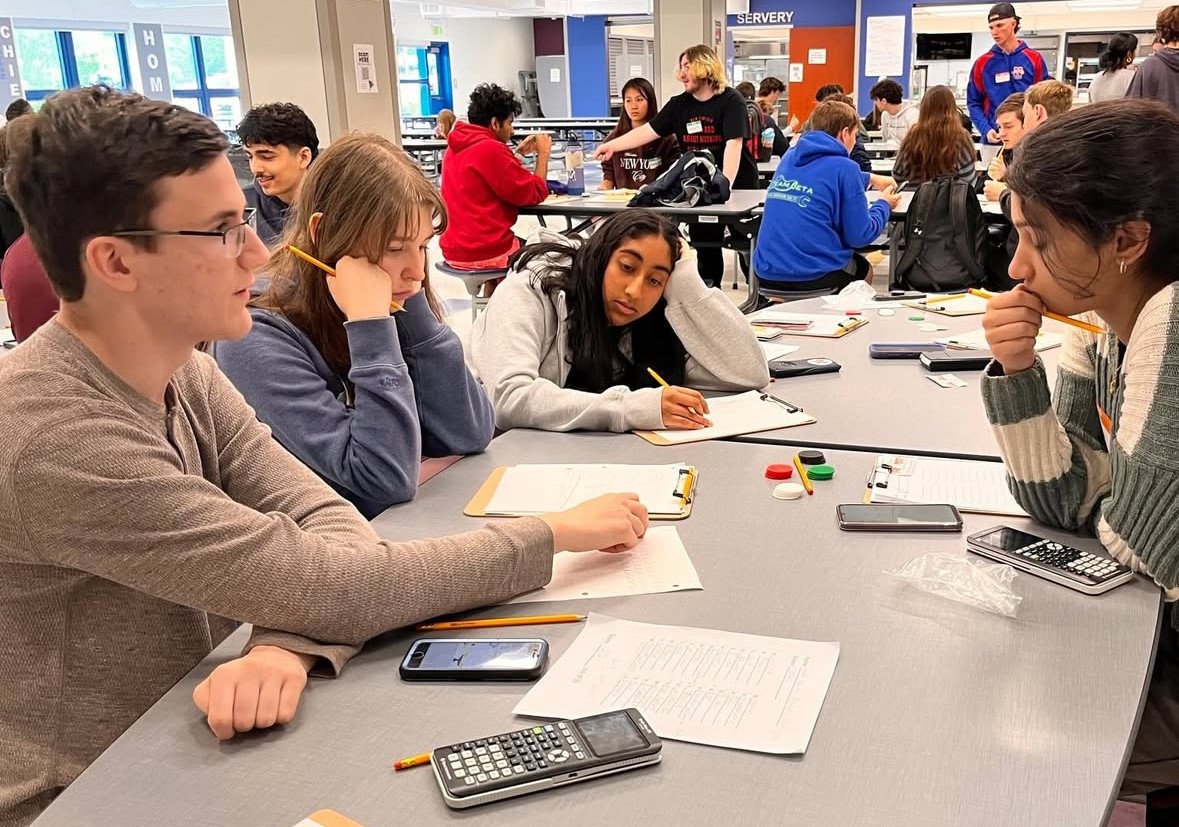The White House’s Office of Management and Budget issued a memo Jan. 27 ordering a temporary halt to “all federal financial assistance.” This pause was put in place, according to the White House, to give time for the Trump administration to review federal loan programs and determine how to best spend federal money.
With limited other additional information provided by the White House, it is uncertain to know what the future of federal loans will look like. However, despite the chaos caused by the pause, student loans are not expected to be affected and students will still receive loans.
According to the Mississippi Clarion Ledger, “The U.S. Department of Education also said student loans and Pell Grants aren’t part of the freeze,” but the freeze memo targets “foreign aid, nongovernmental organizations, DEI, woke gender ideology, and the green new deal.”
The Clarion Ledger also quoted White House press secretary Karoline Leavitt as saying, “This is not a blanket pause on federal assistance and grant programs from the Trump administration. However, it is the responsibility of this president and this administration to be good stewards of taxpayer dollars.”
Nonnewaug College and Career Resource Center counselor Kathy Green is Nonnewaug’s primary resource to all students who are applying to college. Many of their concerns focus on financial aid.
“The majority of my students that come in here need to complete FAFSA and rely on that money to get them to college,” Green said.
FAFSA, or the Free Application for Federal Student Aid, is a huge part in choosing college and is required to be filled out by all applicants before attending a college or university. The money given through financial aid is what some students depend on, and many use it as a factor in deciding where they will continue their studies after graduating high school.
“Our students considered their financials in their decision making process when choosing a college,” Green said. “Honestly, I think students are surprised that their financial aid is less then they hoped for or anticipated.”
The largest portion of federal money in 2024 is being spent on Social Security, accounting for roughly 21% of the total U.S. spending in 2024, compared to the 3% of the federal government’s budget that was spent just on education, training, employment, and social services.











